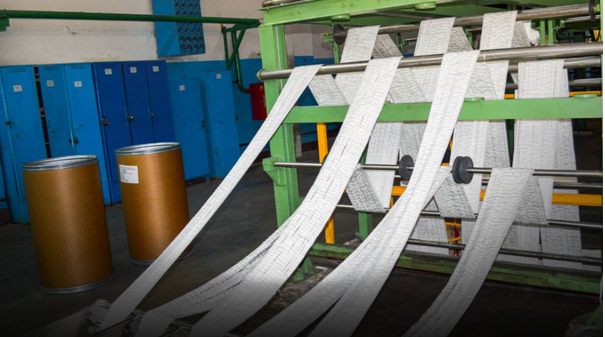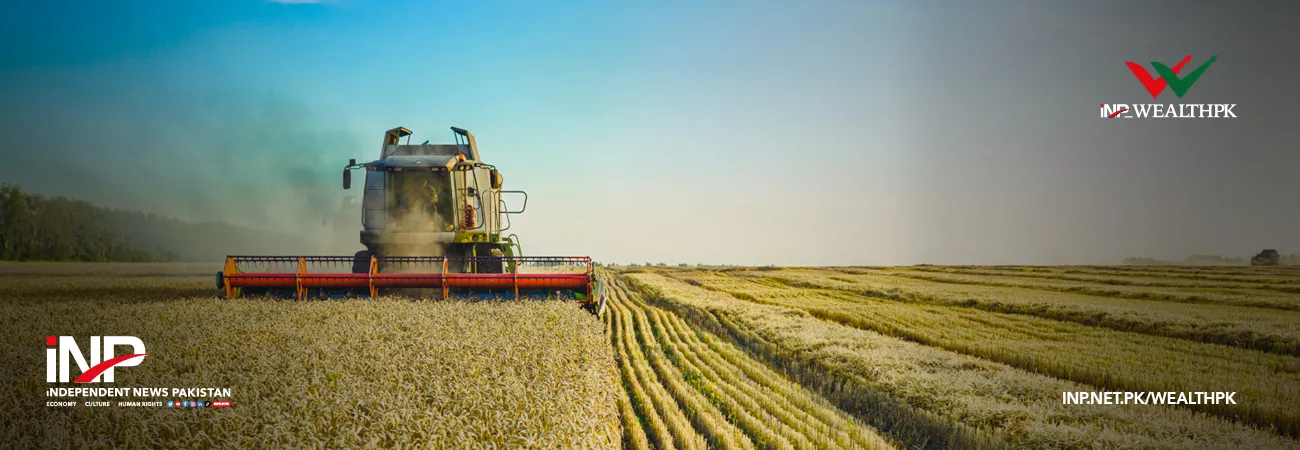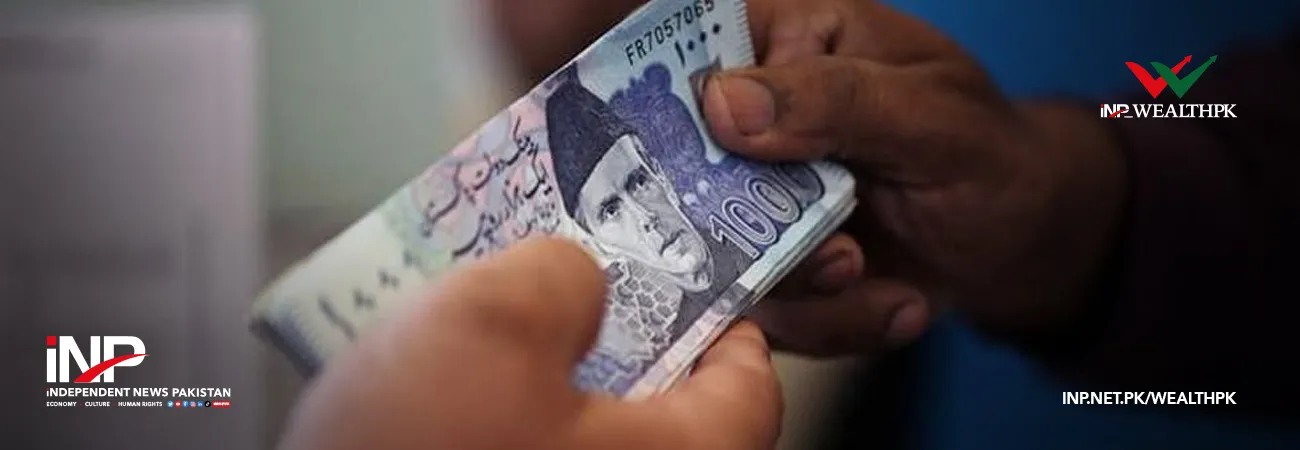INP-WealthPk
Muhammad Saleem
Synthetic fiber and yarn imports are rising, signaling a shift in Pakistan’s textile industry.

Muhammad Farooq, an exporter, told Wealth Pakistan that global demand changes with each passing day and international buyers now prefer polyester, spandex, and blended fabrics to pure cotton products. He said Pakistan is currently unable to produce ample quantities of these materials locally, forcing manufacturers to rely on imports.
Synthetic fiber is cheaper and more suitable for modern apparel. These qualities are attracting exporters to shift in that direction. “We have to keep in mind that dependence on imported synthetic fiber will make the textile sector vulnerable to currency fluctuations. In such a scenario, trade deficit could worsen if exports don’t grow fast enough,” he cautioned.
Farooq also noted that local synthetic fiber producers may struggle to expand in the face of surging demand, which could pose environmental challenges, as synthetic fiber contributes to microplastic pollution. While the transition is understandable, he said it requires careful management.
Ahmed Ali, an industrialist, told Wealth Pakistan that some elements are creating an impression that Pakistan is moving away from cotton. He rubbished this idea, saying cotton remains the lifeline of Pakistan’s textile sector and continues to give the country a global advantage in producing fine-quality products. He acknowledged, however, that synthetic fiber and yarn imports have increased due to rising demand, and a transition is indeed taking place.
He explained that while cotton remains important for the textile sector, global demand is shifting toward performance fabrics like sportswear and activewear. Following these changing patterns, he said Pakistan cannot rely solely on cotton, especially when local farmers are finding it hard to produce high yields amid climate change.
Climate stress is damaging Pakistan’s agriculture sector. In this scenario, the country has to find alternative ways. Synthetic blends, he said, offer consistency and meet the expectations of global buyers, who prefer modern fabrics.
Pakistan, he noted, can enter higher-value segments like activewear, athleisure, and technical textiles. These categories can fetch better export earnings than traditional cotton-based products. He also pointed out that blended fabrics can reduce Pakistan’s dependence on cotton crops, which have become increasingly unpredictable due to climate change.
Since older cotton-based machines cannot handle many synthetic fabrics, factories need newer technology to adopt modern manufacturing methods, Ali said. Similarly, he said workers also require training to deal with synthetic fiber, which reacts differently to heat, stitching, and handling.
Talking to Wealth Pakistan, Abdul Latif, a cotton ginning factory owner, said farmers are disheartened due to the indifferent policies of the government; as a result, the textile mills’ owners have started finding alternative options.
He said ginning factory owners are also struggling to keep their business afloat amid the ongoing cotton shortage. “We support the adoption of modern methods; however, we should not ignore finding ways to improve cotton production. Relying on imports will create serious issues for the textile sector and the overall economy of Pakistan, as we are already tackling hefty import bills,” he added.
Credit: INP-WealthPk












